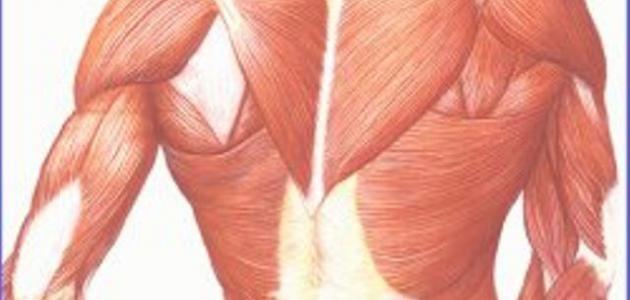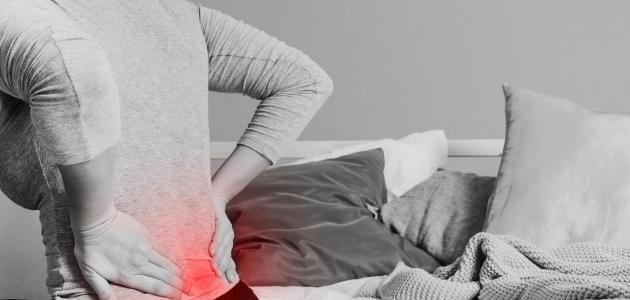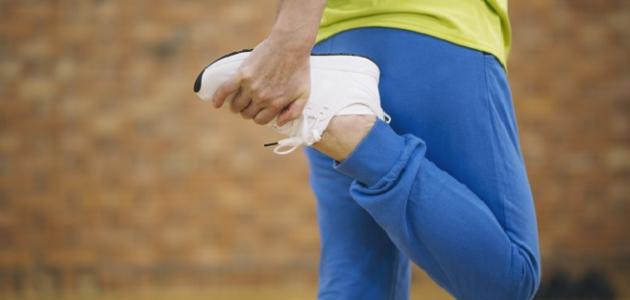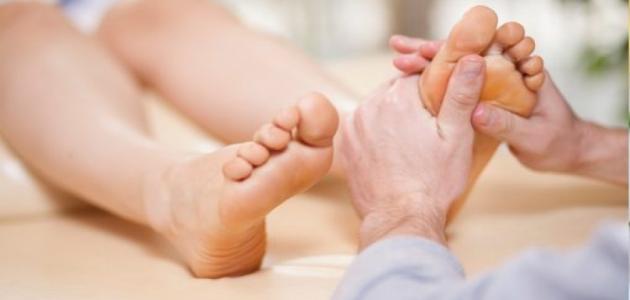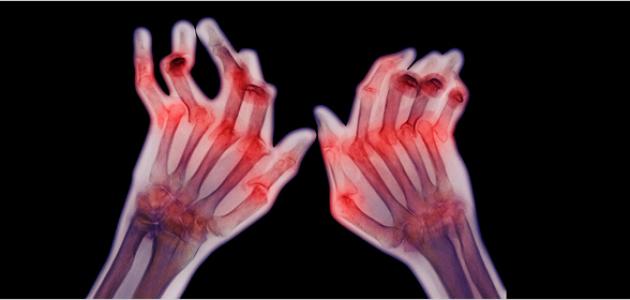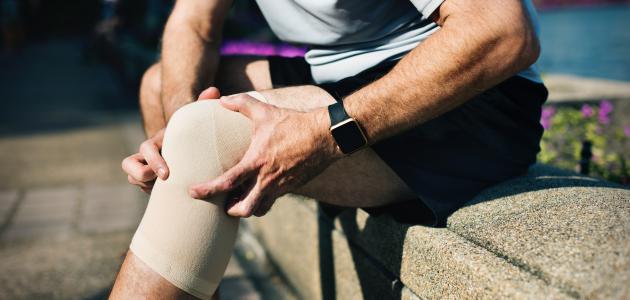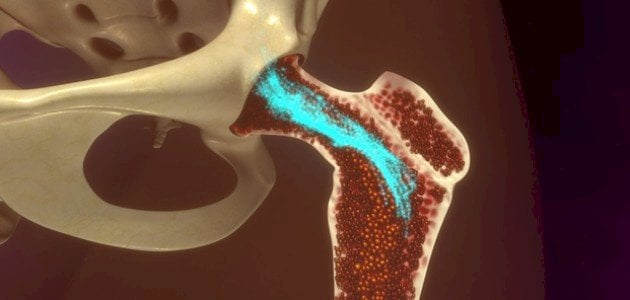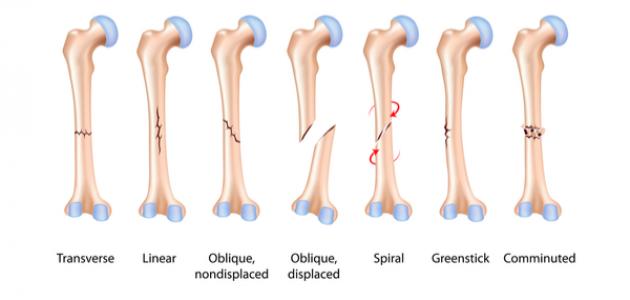muscle atrophy
Atrophy is defined as a decrease in the size of a tissue or organ due to cellular shrinkage resulting from a decrease in cell size, loss of its constituent organelles, and loss of cytoplasm and proteins. It should be noted that muscles are the largest reservoir of proteins in the body, as muscles work to supply various organs such as the heart, liver, and brain with amino acids to be used as a source of energy production during periods of catabolic and catabolic periods. Examples of cases in which the body goes through a state of catabolism and catabolism include: cancer, sepsis, burn injuries, heart failure, and AIDS. In fact, excessive protein degradation in skeletal muscle and subsequent muscle loss has severe damage to the body, and ultimately leads to worsening diseases and death. Hence, maintaining muscle health is crucial to preventing metabolic disorders and providing energy to vital organs during stressful situations.
Symptoms of muscular atrophy
Muscular atrophy can cause the following symptoms: noticeably smaller size of one arm or leg compared to the other arm or leg, the affected person suffering from noticeable weakness in one limb, and lack of physical activity for a very long period. The types of muscular dystrophy can be divided as follows:
- Neuromuscular atrophy: This type of muscular atrophy occurs as a result of damage to the nerves that control the muscle, which hinders the nerve's ability to stimulate the muscle to contract and move normally. As a result of this muscle not contracting, the body works to destroy its components. Due to his belief that the body does not need it.
- Muscle atrophy resulting from disuse: Exercise, activity and movement lead to muscle growth and development, while not using muscles in exercise for a period of time leads to atrophy of those muscles and a decrease in their strength. This type of muscular atrophy affects patients who remain bedridden, and whose limbs do not move for some reason for a period of time.
- Muscle loss associated with arthritis: This type of muscular atrophy occurs as a result of muscle immobility and decreased activity due to joint pain and limited range of motion. Medical conditions that cause this type of muscular atrophy include dermatomyositis, polymyositis, long-term corticosteroid treatment, osteoarthritis, and rheumatoid arthritis.
Read also:Plantar fasciitis
Causes of muscular atrophy
As we mentioned previously, muscle atrophy occurs mainly as a result of muscle inactivity and lack of use, as is the case with patients who remain bedridden for a very long time. Interestingly, astronauts may notice muscle atrophy after a few days of weightlessness in space. Other causes of muscle atrophy include:
- aging.
- Alcohol-related myopathy, which is muscle pain and weakness caused by excessive drinking over long periods of time.
- Burns.
- injuries; Such as: rotator cuff tears and bone fractures.
- Malnutrition.
- Spinal cord and peripheral nerve injuries.
- brain attack.
- Long-term treatment with corticosteroids.
- Amyotrophic lateral sclerosis, also known as ALS, is a disease that affects the nerve cells that control voluntary muscle movement.
- Dermatomyositis, a disease that causes muscle weakness and the appearance of a skin rash.
- Guillain-Barré syndrome, an autoimmune disease that leads to nerve inflammation and muscle weakness.
- Multiple sclerosis, an autoimmune disease in which the body destroys the protective coverings of nerves.
- Muscular dystrophy, which is a hereditary disease that causes muscle weakness.
- Neuropathy is damage to a nerve or group of nerves, leading to loss of sensation or function in the affected part of the body.
- Osteoarthritis, also known as osteoarthritis; As it causes decreased movement in the joints.
- Polio, a viral disease that affects muscle tissue and can lead to paralysis.
- Polymyositis.
- Rheumatoid arthritis is a chronic inflammatory disease that affects the joints.
- Spinal muscular atrophy, which is a hereditary disease that causes loss of arm and leg muscle mass.
Read also:Symptoms of hip arthritis
Causes of muscle weakness
In the context of talking about the causes that lead to muscle atrophy, it is worth mentioning the causes that lead to muscle weakness and wasting, which include the following:
- Anorexia nervosa is an eating disorder that can lead to severe weight loss.
- Acquired immunodeficiency syndrome known as AIDS.
- Osteomalacia, which is bone weakness that, if left untreated, can lead to serious health complications, such as: fractures and severe bone deformities.
- Herniated or herniated disc in the spine.
- Hypercalcemia, which is a condition in which there is a high level of calcium in the blood.
- Kwashiorkor disease, also known as protein-energy malnutrition (in English: Kwashiorkor), is a serious form of malnutrition caused by a lack of proteins.
- Creutzfeldt-Jakob disease, an infectious disease that causes brain deterioration.
- Axillary nerve dysfunction (AND), which is the loss of movement or sensation in the shoulder area.
- Necrotizing vasculitis is an inflammation of the blood vessel walls that blocks blood flow, causing damage to the skin, muscles, and blood vessels.
- Loss of beta lipoprotein from the blood (in English: Abetalipoproteinemia), which is a genetic condition that prevents the body from completely absorbing some dietary fats.
- Legg-Calve-Perthes disease, which is medically known as osteochondral degeneration of the epiphysis of the head of the femur, in which case the blood supply to the upper part of the thigh area is insufficient.
- Becker's muscular dystrophy is a genetic condition that destroys muscles over time and leads to tissue loss.
Read also:Legs pain
Muscular dystrophy treatment
The appropriate treatment for muscular dystrophy is determined based on the diagnosis of the nature and severity of muscular atrophy, and knowledge of the causes and medical conditions associated with its occurrence. Common treatments for muscular dystrophy, in addition to treating the cause, include the following:
- Playing sports: Water exercises are suitable sports for treating muscular dystrophy. It plays an important role in facilitating movement.
- Physical and physical therapy: The physical therapist can teach the injured person the correct ways to exercise, and if the injured person faces difficulty in movement, he works to move the patient’s arms and legs.
- Ultrasound therapy: Muscular dystrophy can be treated using ultrasound.
- surgeries: Surgery may be necessary if the tendons, ligaments, skin or muscles are so tight that the affected person's movement is restricted.
- Diet modification: Doctors advise muscular dystrophy patients on proper nutrition, and may prescribe some appropriate nutritional supplements if necessary.
